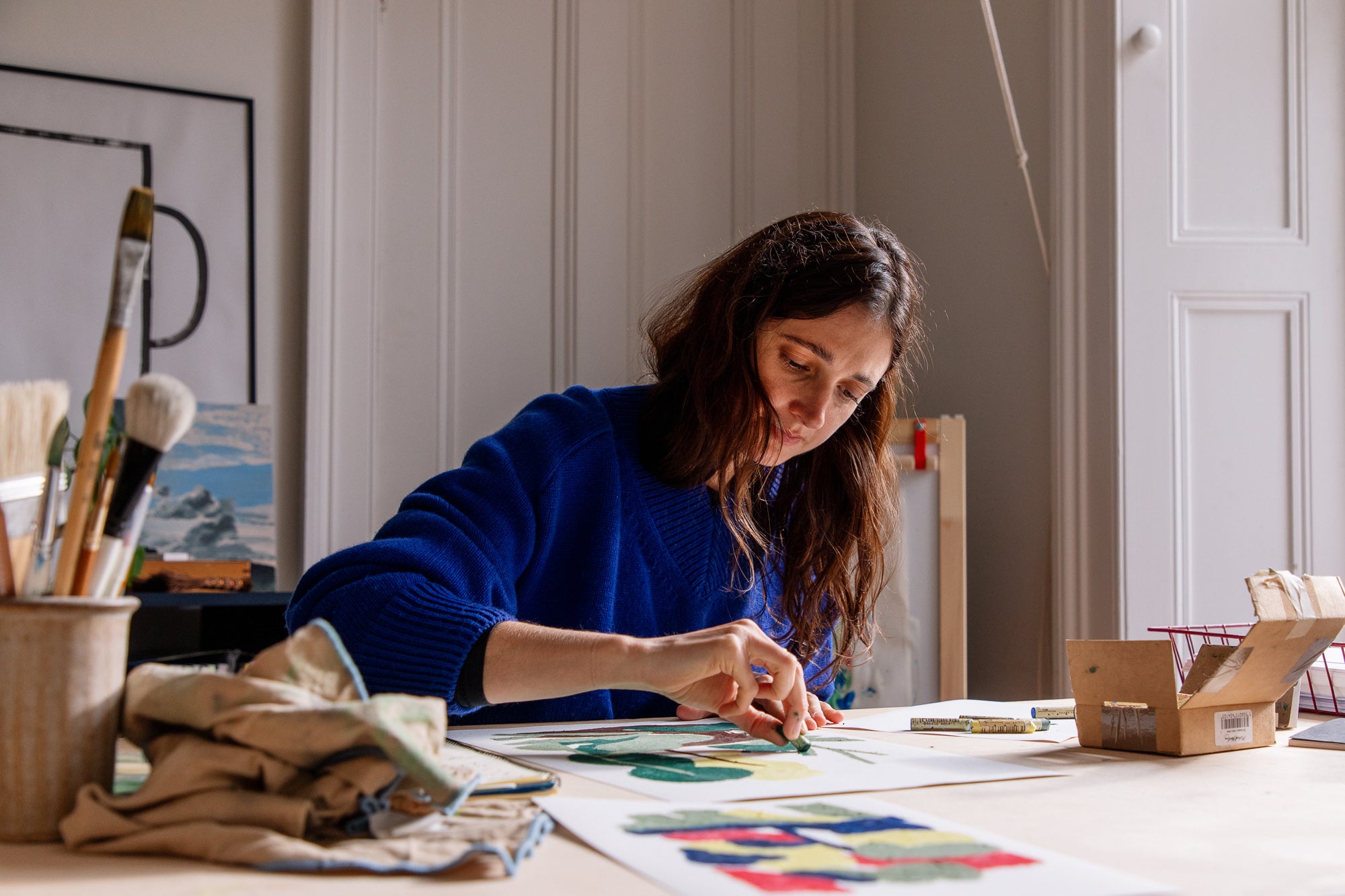Self care is about the things we can do to look after ourselves which in turn supports our mental health
It's World Mental Health Day on 10 October. We wanted to share some of the different practices we've been discovering that nurture mental health, for those that could use it.
The healing power of sound baths
If that title makes you roll your eyes, just hear us out.
It has long been suspected that music can act as a kind of medicine. Today, research in neuroscience and music psychology is starting to reveal how music can trigger healing in the brain and sound can have a positive effect on your mental health, diminishing anxiety and stress, lowering the heart rate and activating the parasympathetic state in the nervous system, to encourage a sensation of deep calm.

Get into nature
It sounds obvious, we know, but spending time in nature can be powerful. Whether it's escaping to the great outdoors, visiting a local park or tending to plants indoors, spending quality time with nature has been proven to have a positive effect on our mood – even a small green space with a couple of trees can have a significant impact on your nervous system and help you relax.
In addition to providing exposure to fresh air, vitamin D and some light aerobic movement, getting outside for some gardening has been proven to be an effective method for reducing cortisol levels and combating stress. And if you're looking for something a bit more low maintenance, indoor plants also offer improved mental well-being by reducing stress levels, increasing productivity and improving your mood.
Breathwork
For many of us, breathing is an automatic process we don't take notice of. However, the simple act of inhaling and exhaling can have a great impact on our mood, thoughts and emotions.
Breathwork is the conscious practice of deliberately manipulating how you breathe—and bringing awareness and intention to it—with the goal of calming the body and mind. It calms the nervous system, helping to relieve stress and anxiety.
There are several different breathing techniques to try like the Wim Hof Method, Deep/Belly Breathing and the Box Method. Why not see if one could work for you?
Try colouring
It may seem childish but there is science behind why colouring is so relaxing for adults: it has the ability to relax the fear centre of your brain, the amygdala. It induces the same state as meditating by reducing the thoughts of a restless mind. This generates mindfulness and quietness, whilst, at the same time, feeling safe in our environment thereby reducing stress, anxiety and depression.
You don’t need to be an artist - or in the presence of kids - to enjoy it.

Movement and creativity
Maybe you have an established yoga practice, or you’ve worked out how to achieve that euphoric runner’s high, or perhaps it’s ecstatic dance that gets you out of your head. Regardless, movement has a way of bringing your attention away from a busy mind to reduce stress.
As well as the physical benefits of moving your body, it's the physical mindfullness that draws your attention away, slowing and calming your mind.





Leave a comment
This site is protected by reCAPTCHA and the Google Privacy Policy and Terms of Service apply.